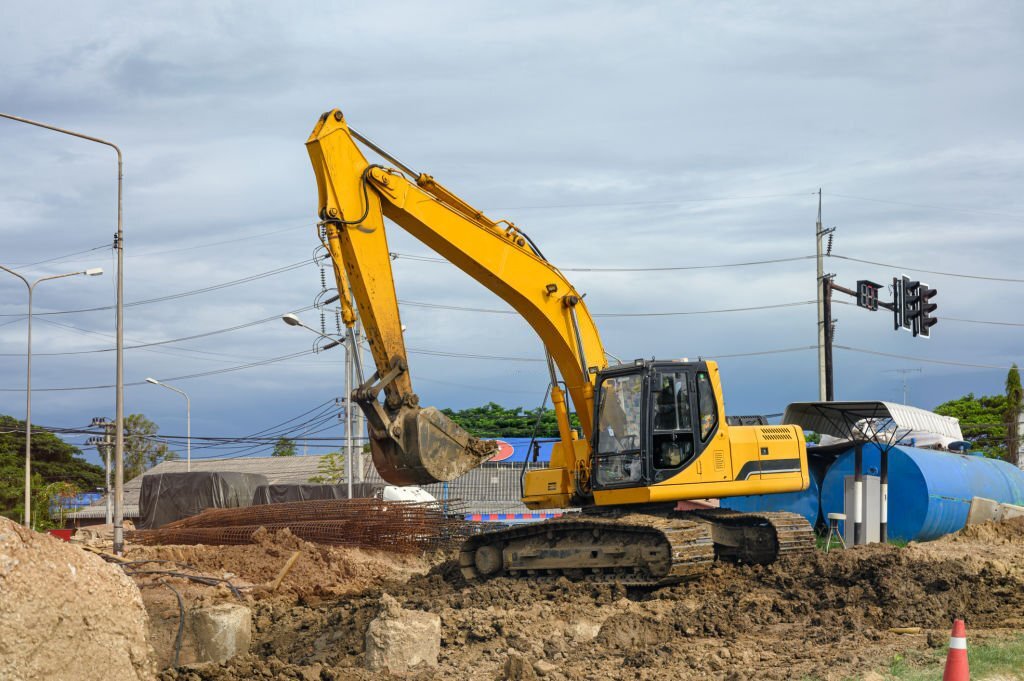
Introduction:
The decision to acquire quarrying equipment is a pivotal one, fraught with considerations that can impact both short-term operations and long-term financial health. While traditional ownership offers control and long-term value, leasing or renting quarrying equipment presents an alternative path to achieving operational efficiency. In this comprehensive article, we delve into the strategic nuances of leasing or renting quarrying machinery versus outright purchase. From financial advantages and operational flexibility to maintenance responsibilities and industry trends, we explore the dynamics that influence the decision-making process and shed light on the key factors that quarry operators must weigh when choosing between these options.
1. The Case for Leasing Quarrying Equipment:
a) Financial Flexibility: Leasing minimizes upfront capital expenditure, allowing funds to be allocated to other operational needs.
b) Tax Advantages: Lease payments may be tax-deductible, providing potential savings over the lease term.
2. Benefits of Renting Quarrying Machinery:
a) Short-Term Solutions: Renting offers flexibility for short-term projects without the commitment of long-term ownership.
b) Immediate Access: Renting allows instant access to specialized equipment without delays associated with purchasing.
3. Outright Purchase: Long-Term Investment:
a) Asset Ownership: Owning quarrying equipment provides long-term asset value and potential for resale.
4. Lease and Rental Agreements:
a) Lease Contracts: Leasing agreements outline terms, duration, payment structure, and potential end-of-lease options.
b) Rental Agreements: Renting contracts detail equipment usage, rental fees, maintenance responsibilities, and return conditions.
5. Financial Considerations:
a) Lease Payments vs. Ownership Costs: Compare long-term ownership costs with lease payments to determine cost-effectiveness.
b) Cash Flow Management: Leasing and renting may offer more predictable cash flow, easing budgeting and financial planning.
6. Maintenance and Repairs:
a) Maintenance Responsibility: Leasing and rental agreements often specify maintenance and repair responsibilities.
b) Equipment Upkeep: Ownership grants full control over maintenance schedules and quality of equipment upkeep.
7. Operational Flexibility:
a) Equipment Diversity: Leasing or renting allows access to a variety of equipment types for different tasks and projects.
b) Changing Needs: Leasing enables adapting to evolving technology and industry trends without committing to long-term ownership.
8. Industry Trends and Technology Upgrades:
b) Ownership Longevity: Owned machinery can serve for a longer period, reducing the need for frequent equipment changes.
9. Risk Management and Insurance:
a) Insurance Considerations: Leasing and rental agreements may include insurance provisions, simplifying risk management.
b) Ownership Coverage: Owning quarrying equipment requires comprehensive insurance coverage for potential liabilities.
10. Future Prospects and Industry Dynamics:
a) Sustainability and Green Initiatives: Leasing may allow access to newer, more environmentally friendly equipment as industry trends evolve.
b) Long-Term Value: Owned machinery offers the potential for long-term value through effective maintenance and resale.
Conclusion:
The decision to lease, rent, or purchase quarrying equipment is a multifaceted one, shaped by financial considerations, operational requirements, and long-term goals. While leasing and renting offer financial flexibility and immediate access, ownership provides long-term value and customization options. In a dynamic industry where technology and trends evolve, the choice between these options carries implications for the efficiency and sustainability of quarry operations. By carefully evaluating financial realities, operational needs, and industry dynamics, quarry operators can make informed decisions that align with their goals, ensuring efficient and forward-thinking quarrying practices for years to come.

